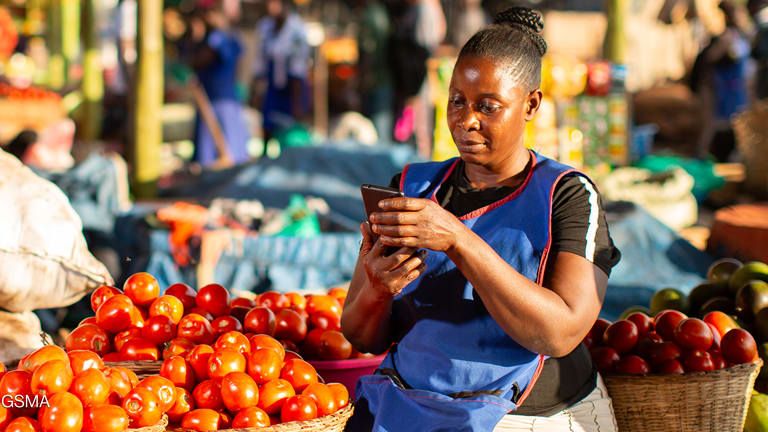Henry Mbene in Nigeria receives food and health checks from NGOs. Luisa Pelamo in Argentina keeps active by volunteering in a local community center. An NGO taught Chandra Devi Kafle in Nepal how to use a mobile phone.
These people all have different lives in different environments, but upon reaching an older age, each of them has experienced life-changing challenges requiring additional support.
While development practitioners have given the so-called youth bulge much attention in recent years, particularly in Africa, less notice has been paid to the impact of improved global life expectancy. The World Health Organization says that expectancy increased by more than six years between 2000 and 2019 from 66.8 years to 73.4.
Printing articles to share with others is a breach of our terms and conditions and copyright policy. Please use the sharing options on the left side of the article. Devex Pro members may share up to 10 articles per month using the Pro share tool ( ).








